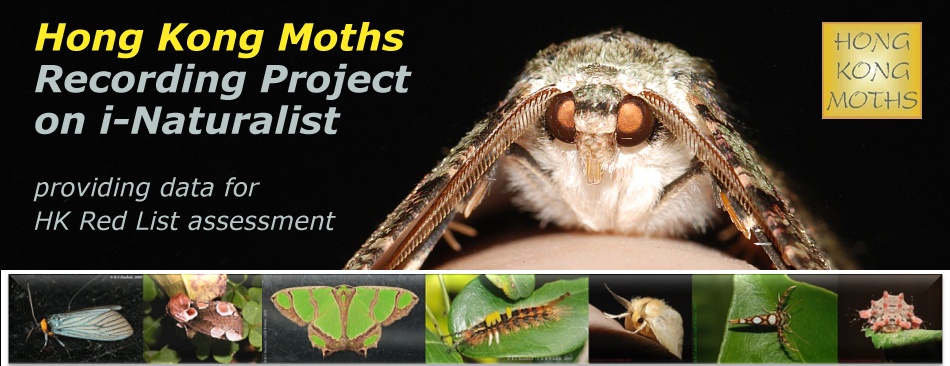Taxonomy | Geometridae | Ennominae | Ourapteryx
with thanks to @vrxz for making me look back at the HK Ourapteryx observations a second time
There are two Ourapteryx species in HK - the well observed O. clara, and an overlooked (for years) and as yet unidentified montane taxon, close to O. yerburii.
With careful observation of the hindwing caudal pattern elements these two taxa are easily separated: O. clara has a thin caudal line, mostly blue, and with no red blotch/rectangle.
Compare:
RED rectangle/blotch and grey shading in caudal tail pattern - sp. near. O. yerburii

BLUE line and dot with yellow shading in caudal tail pattern - O. clara
...more ↓







